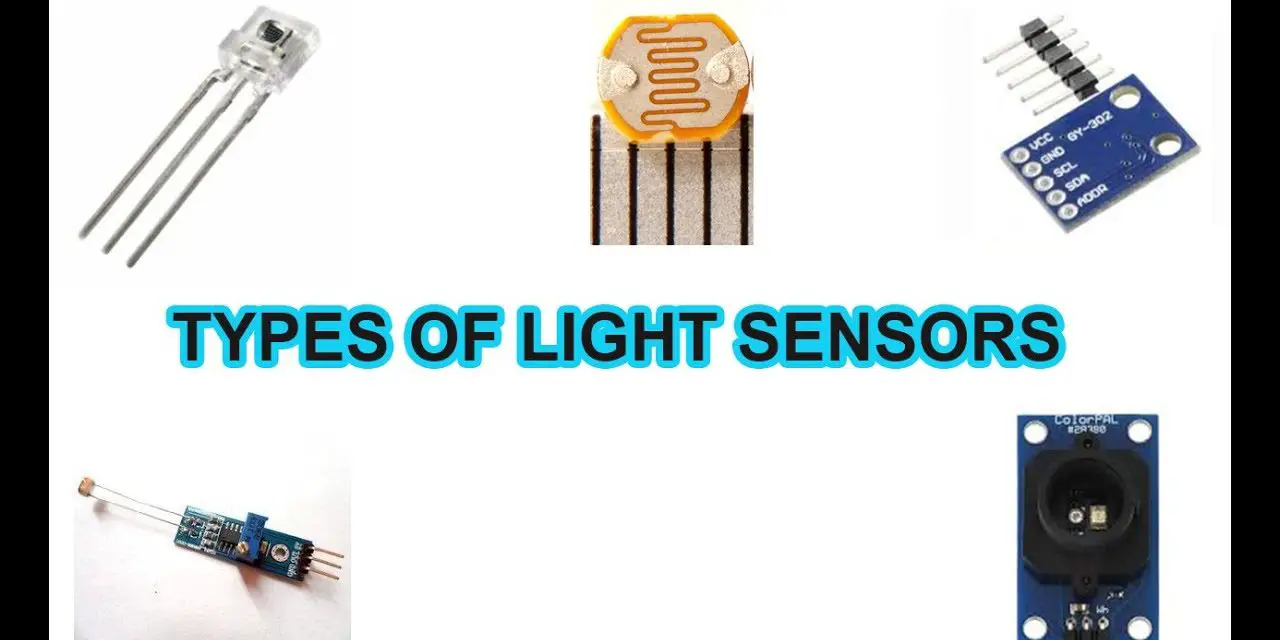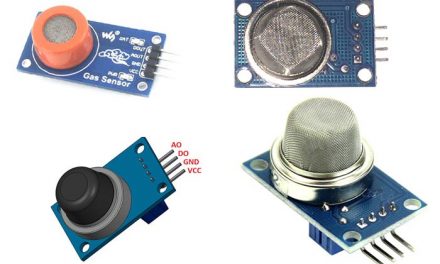City streets have lights that come on at a certain time, and go off at another all without human intervention. This is made possible by a device called a light sensor. This article explains more about light sensor types and their applications.
Table of Contents
What is a Light Sensor?
Before we begin, let us first define what a light sensor is, then we will move onto the types of light sensors. A light sensor is a photoelectric device that converts light energy into an electrical signal. The light energy can be in the visible or infrared part of the electromagnetic spectrum. A light sensor gives out an output signal which corresponds to the light energy that is incident on it. It is common to see the various types of light sensors being referred to as Photo Sensors or Photoelectric Devices. This is because the light sensors usually convert the light, which is made up of photons into electricity.
Types of light sensors
There are two main types of light sensors and these are light sensors that produce electricity when light is incident on their surface, and those whose electrical properties change when they are exposed to light.
Categories of light sensors
1. Photo-emissive devices
These are light sensors types that release free electrons from a light sensitive material. An example is the element caesium which releases free electrons when struck by a photon of sufficient energy. The amount of energy the photons have depends on the frequency of the light. The higher the frequency the more energy the more energy the photons have converting light energy into electrical energy.
2. Photo-conductive devices
These types of light sensors vary their electrical resistance when light is incident upon them. Examples are: the Light Dependent Resistor (LDR), and the photoresistor.
3. Photo-voltaic cells
These light sensor types produce and electromotive force which is proportional to the radiant light energy received, and is similar in effect to photoconductivity. An example of these are the cells made from the element Selenium used in solar cells.
4. Photo-junction devices
These are light sensor types that use light to control the flow of electrons within the material that they are made of.
Light units
The light units used to define the amount of light incident upon the different types of light sensors are as follows:
1. Candela
This is the unit that is used to describe the luminous intensity of light. The luminous intensity is simply how strong the light appears to be to the human eye. It is based on a formula that weights every wavelength of light in a beam based on how sensitive the human eye is to it. An increase in candelas means the human eye is more sensitive to it.
2. Lumen
This is used to measure the total luminous flux of a light bulb. This is the product of the luminous intensity given in candelas and the solid angle that the beam fills in steradians. This unit is commonly used in light bulbs because the formula used to calculate lumens means that a device rated in lumens has the same lumens no matter how the light is reflected and concentrated, unlike in candelas in which a reflection, such as the light inside a torch with the internal mirror will result in a different amount of candelas.
3. Lux
To properly measure the luminous flux as perceived by a surface, this unit is used. It is defined as one lumen per square meter. At the same distance from a light source, a single square meter sheet is subjected to the same illuminance as a ten square meter sheet.
The larger sheet collects ten times as much light, if measuring luminous flux in lumens, but its area is just as large, so the illuminance is the same.
If the sheets move toward the light source, the solid angle occupied by each the sheet increases, and therefore the illuminance also increases. The intensity of the light is constant, and the area of the sheets is constant, but the solid angle occupied increases, therefore increasing the illuminance they receive. Light sensors have to measure illuminance because it represents the light cast on a unit area, and because they cannot know what solid angle they occupy.
Note: illuminance is defined as the amount of flux per unit area.
Applications of light sensors
1. Brightness Control
This is used in portable electronics in order to adjust the brightness of the screen of the device. An example is a smartphone. The smartphone detects that it has been put in a dark environment and turns down the screen. In an environment with a lot of light, the screen’s brightness is increased.
2. Automatic Switching of Street lights
Light sensors are used to automatically control the streetlamps. In this scenario, a specific light sensor type, namely the light dependent resistor is used. It is put in an electronic circuit that will automatically activate a relay that switches on all of the lights when it is dark and switches them off once the sun comes up.
3. Agriculture
Water is a natural resource that needs careful conservation. In some places water is quite scarce and farmers in such places are forced to use innovative methods to save the little water they manage to come by. In this scenario, a light sensor type, the light dependent resistor can be used to manage a sprinkler system to water the crops late in the afternoon, or at night. This will allow the plants to absorb as much water as possible.
4. Security
When shipping cargo that is very expensive, it is quite important to know the state of the contents of the container. The type of light sensor used in this application is the photo resistor. This could be used in combination with an embedded system to log each time the container was opened. These logs could then be used to identify who gained access to the container.
Conclusion
Light sensors are everywhere. The device you are using to read this probably has one. This article has given an explanation of how they work, the various light sensors available and their applications.
Try to spend the day identifying all light sensors present in the environment you are in.





